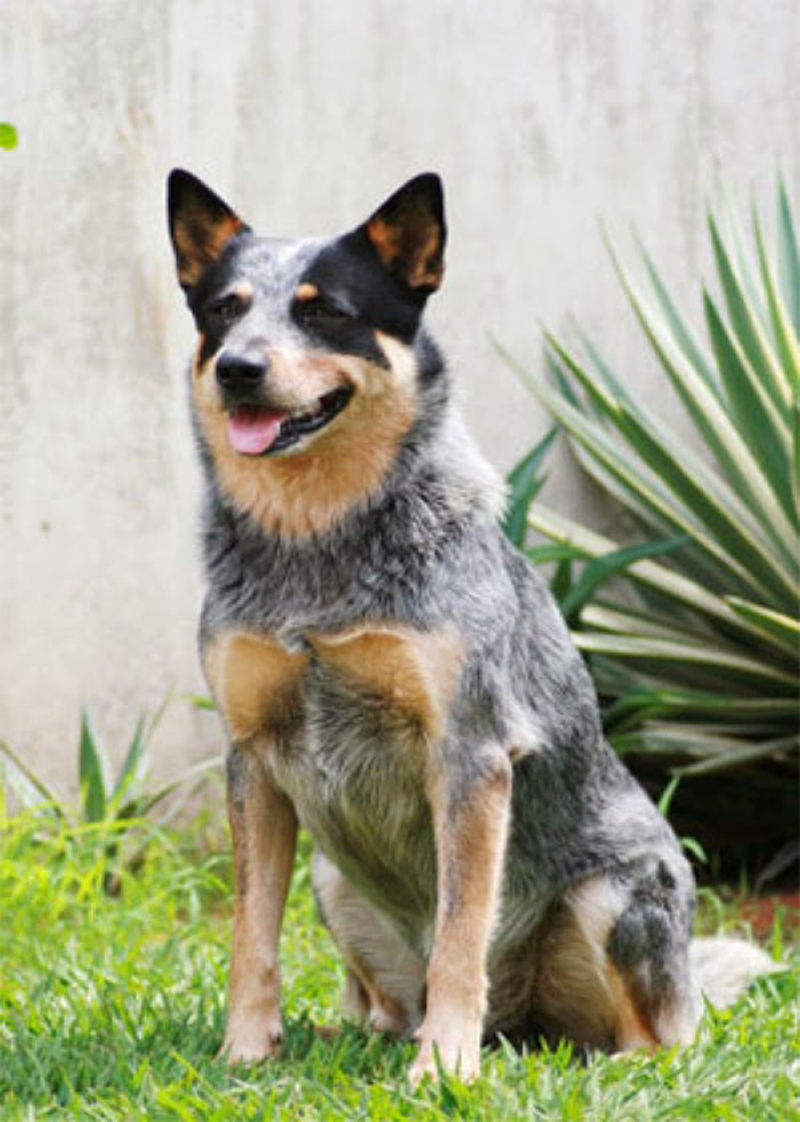The Elephantidae are a taxonomic family, collectively elephants and mammoths. These are terrestrial large mammals with a trunk and tusks. Most genera and species in the family are extinct. Only two genera, Loxodonta (African elephants) and Elephas (Asiatic elephants), are living.The family was first described by John Edward Gray in 1821, and later assigned to taxonomic ranks within the order Proboscidea. Elephantidae have also been revised by various authors to include or exclude other extinct proboscidean genera.The family diverged from a common ancestor of the Mammutidae, which includes species termed as mastodons. The author of Mammutidae also published Gomphotheriidae, more closely related to Elephantidae, which also includes species previously described as Mastodon.
source:link:pic
wikipedia










.jpg)






